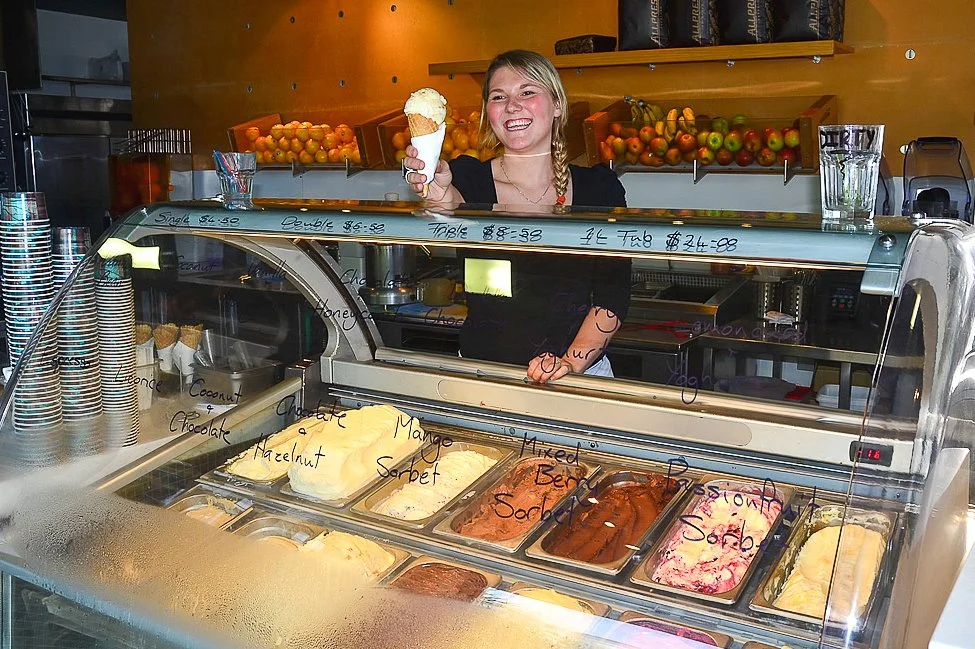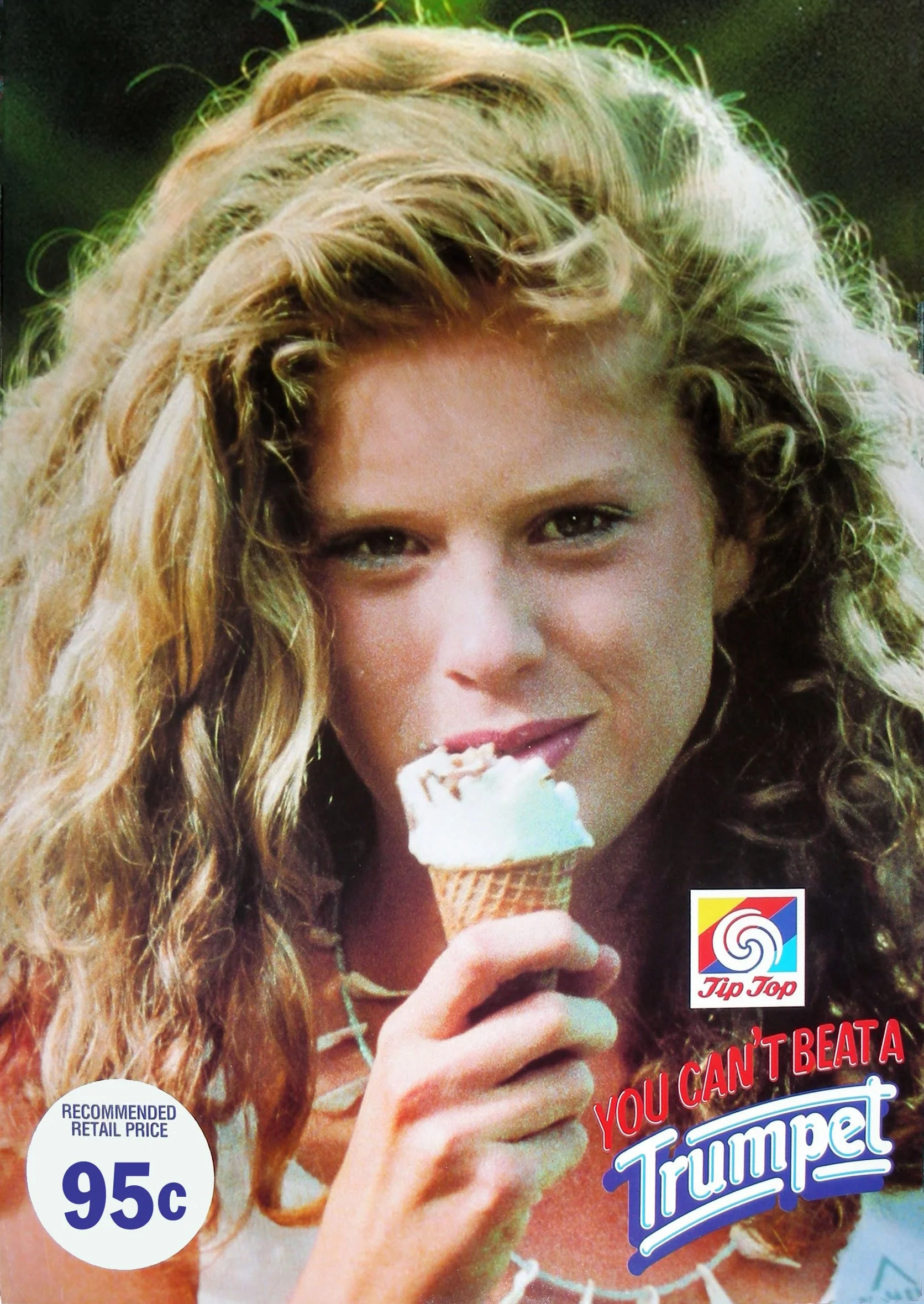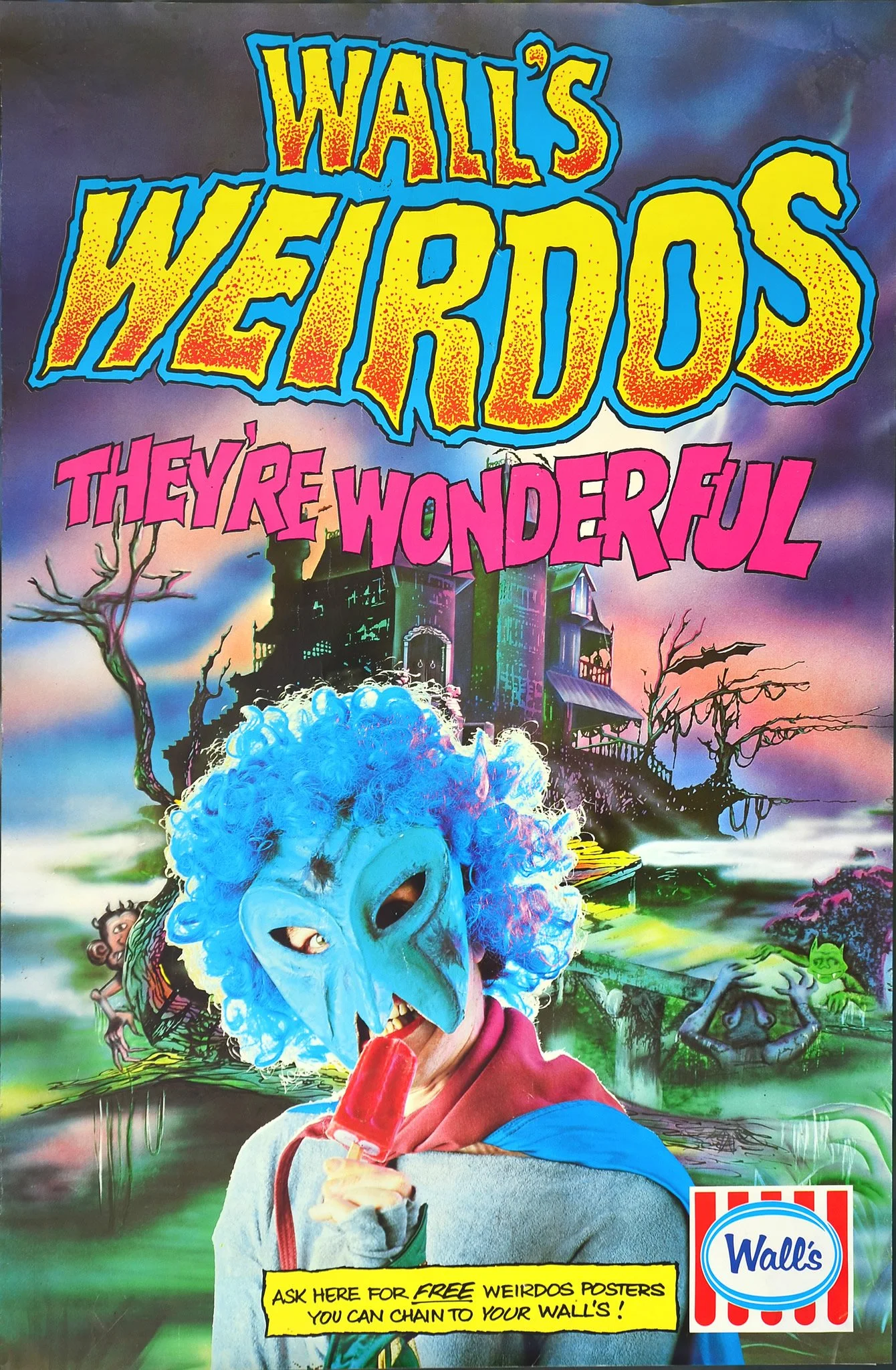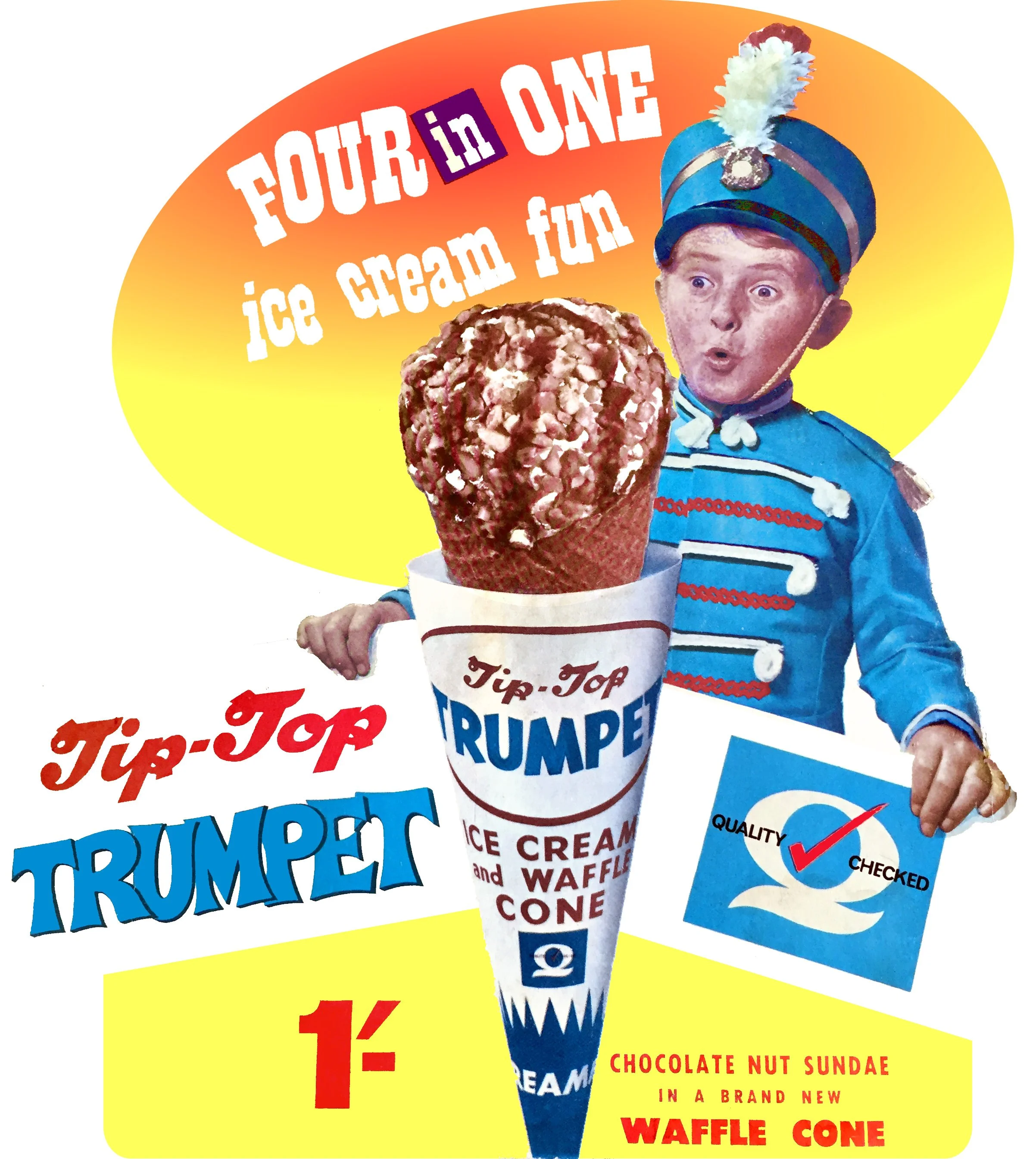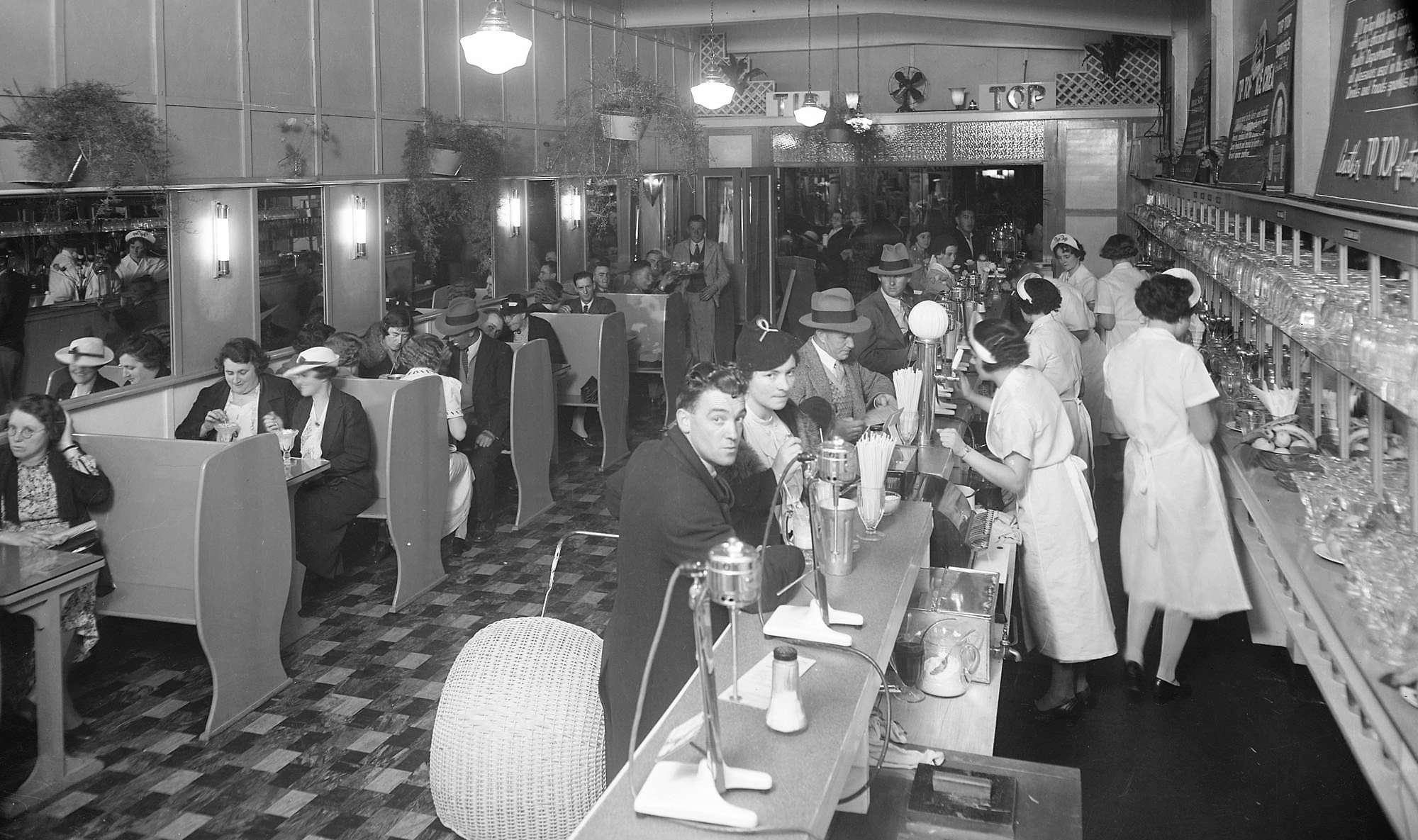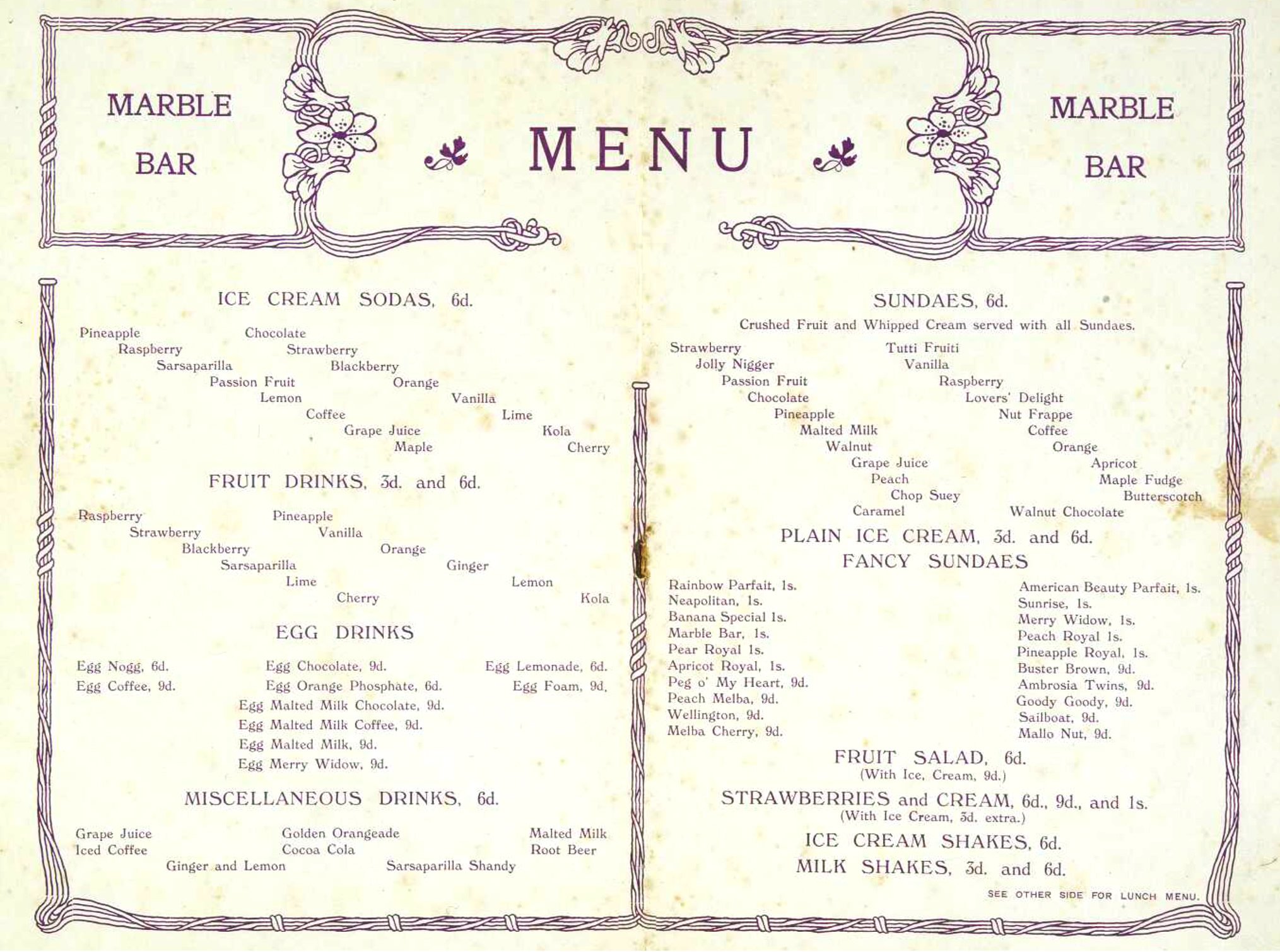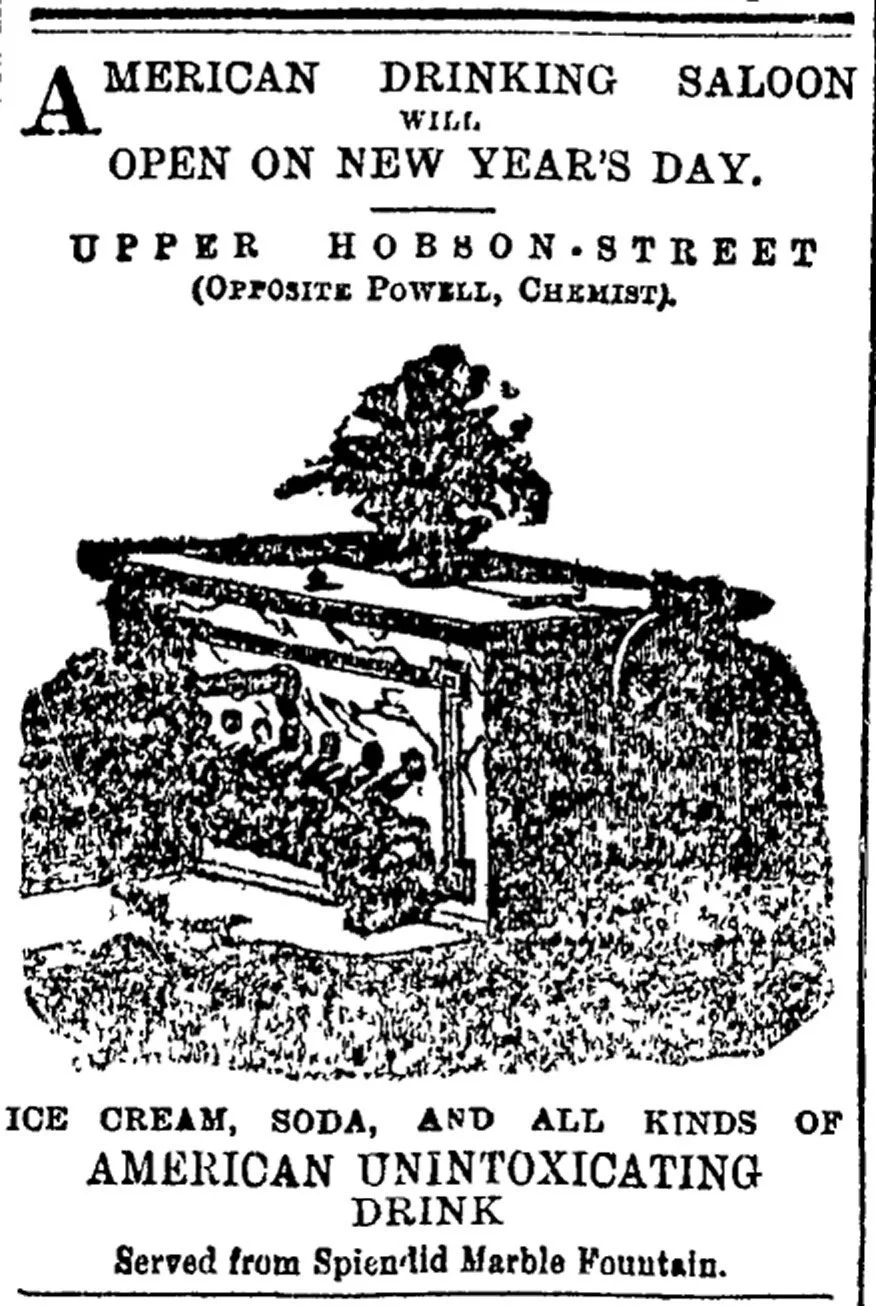History of New Zealand Ice Cream & Gelato
Thanks to Chris Newey for his outstanding contribution to documenting the history of Ice Cream & Gelato in New Zealand.
Chris’ generosity sharing this wealth of information provides an enjoyable journey through the flavour-filled milestones of NZ Ice Cream & Gelato - and helps explain why Kiwis love Ice Cream & Gelato so much!
See the complete history of NZ Ice Cream & Gelato here.
2010s
Rocky Road on a stick. Tip Top technologists produced the world's first novelty ice cream wrapped in marshmallow, Memphis Meltdown Rocky Road. A team of 100 people went through 12,500 litres of pink marshmallow before coming up with the final product, a chocolate ice cream rippled with raspberry jelly, dipped in pink marshmallow, and smothered in chocolate, nuts and coconut - on a stick.
Tip Top Memphis Meltdown Rocky Road.
2000s
Gelato time. The 2000s saw the emergence of small artisan producers offering traditional European-style ice creams such as Italian-style gelato, upmarket super premium ice creams, and healthier, more 'natural' frozen treats such as sorbets. Attractive presentation, innovative flavours and a boutique, hand-made image drove producers such as the multi-award-winning Takapuna Beach Café.
Takapuna Beach Café. Credit; Chris Newey.
1990s
Franchising. Entrepreneur Rael Polivnick took over a small, Christchurch-based business and opened the first New Zealand Natural ice cream franchise in 1990, based on early success with a store he had opened at Bondi Beach in Sydney. The New Zealand Natural empire would eventually grow into a network of over 700 branded outlets in 22 countries, mostly supplied from New Zealand.
NZ Natural.
1980s
The Trumpet girl. In 1985 supermodel Rachel Hunter appeared for the first time on television, at just 16 years of age, in an advertisement for Tip Top Trumpet. The “Beetle” TV advert and its "You can't beat a Trumpet" jingle became a classic piece of Kiwi culture.
Tip Top Trumpet Rachel Hunter poster from 1985. Credit; Grocer’s Review.
1970s
Battle of the Brands. Following Tip Top’s domination of the market in the 60s, two new nationwide competitors emerged. Initially introduced by multinational Unilever, Wall’s Ice Cream was taken over by local dairy company Rangitaiki Plains, growing to number 2 in the market. Then two ex-Tip Top entrepreneurs resurrected a tiny WW2-era factory and milk bar and New American became a major force.
Walls Weirdo Poster from 1979.
1960s
Ice Cream Fun! New ice cream novelty concepts were possible with the advent of high-speed automated production and packaging lines. The country’s first waffle-cone novelty, the Trumpet, was launched by Tip Top in April 1964, supported by an extensive national advertising campaign, including a live-action television commercial. Tip Top sold two million Trumpets in the first month!
Tip Top Trumpet advertising poster from 1964. Credit; Michael Yalland.
1950s
Developments in continuous production equipment and refrigerated transport during the 1950s enabled ice cream to be manufactured more economically, and on a larger scale. Ice cream could now be distributed greater distances, and at lower cost, to the point that nation-wide distribution was possible, even for a medium-size producer such as Peter Pan, based in Waipukurau.
Dennes Peter Pan truck from the1950. Credit; Knowledgebank.
1940s
The American invasion. Wartime rationing of sugar and petrol seriously restricted ice cream production in New Zealand, but the arrival of American troops in 1942 created a huge new demand for ice cream and milkshakes. Recognising ice cream’s value as a morale booster, authorities loosened the rules and manufacturers geared up to supply ice cream to the armed forces, at home and up into the Pacific.
US Servicemen and women enjoying ice cream shakes in Wellington in 1942. Credit; United States National Archives.
1930s
The Milk Bar. Wellington’s first milk bar to sell only milkshakes and ice cream was opened by Health Foods Ltd in Manners Street, Wellington on the 10th of October 1935. The Tip Top Milk Bar was a sensation, so the company quickly opened more of them and the following year the business opened a factory and began manufacturing as the Tip Top Ice Cream Company.
Tip Top Milk Bar in 1936.
Tip Top Milk Bar, is thought to be 1937. Credit; Lovell-Smith; KnowledgeBank.
1920s
Ice Cream for all. New refrigeration and churn technology led to an explosion of small regional ice cream manufacturers and new domestic refrigerators meant that packaged ice cream could be taken home. In 1928, the Norton family’s Riversdale Dairy company built a new ice cream factory at Coal Creek near Greymouth – their Snowflake brand became a West Coast icon, operating for 82 years.
Snowflake Factory in Greymouth in 1928. Credit; Owen Norton.
1910s
The Marble Bar. Ice cream was sold, along with milkshakes, sodas, fruit drinks, fruit salads, coffee and confectionery, in ornate American-styled Ice Cream Parlours and "Marble Bars". A Marble Bar opened in 1916 on Manners Street, Wellington: “To a variety of cooling drinks were added an appetising array of fancy ice-cream, which strike pleasingly on the palate."
The New York Marble Bar in Brisbane in 1912. Credit; State Library of Queensland.
Marble Bar Menu. Credit; Alexander Turnbull Library.
1900s
The first ice cream factories. Larger scale commercial ice cream production used steam and eventually electricity to drive larger churns than could be managed by hand cranking. In 1903 Sali Mahomet, the original “Ice Cream Charlie”, built a small ice cream factory (“dairy”) behind his house in St Albans, Christchurch to supply his cart in Cathedral Square.
Sali Mahomet. Credit; Christchurch City Libraries.
1890s
The Ice Cream Hawker. Ice cream hawkers plied their trades in the the major cities, obtaining licences from local councils to operate on footpaths and in squares. On February 18th 1896 a "Persian lolly and ice cream vendor" named Louis Hoftinally was selling his ice cream in Wellesley Street, Auckland when a heavily laden, horse-drawn hay cart accidentally backed into his ice cream cart and demolished it.
Wellington ice cream vendor. Credit; Darian Zam.
1880s
The American Ice Soda Fountain became fashionable, selling cold “unintoxicating” cordial-based fruit drinks, milk shakes, sodas and ice cream. “Rush to the beautiful white marble fountain, Its drink is as pure as the snow on the mountain, They don't make you drunk, of that there's no fear, They are wholesome, delicious, and sparklingly clear.” - W. F. Ross Fruiterer, Lambton Quay, Wellington, 1885.
American Drinking Saloon 1890. Credit; NZ Herald.
Soda Fountain Corinth from 1882.
1870s
Mechanical ice. Thanks to James Harrison, the Australian inventor of the mechanical refrigeration process, ice could now be made mechanically and on a large scale. In 1871, Mr George Gledhill of Auckland was making ice in his "Ice, Aerated Water, and Gingerbeer Factory" using a Siebe Brothers machine which used ether as the refrigerant.
Siebe Bros. Ice machine from 1861.
1860s
ICE! ICE!! ICE!!! The earliest known advertisement for ice cream, on 27 January 1866, Mr James Osgood, proprietor of Wellington’s Empire Hotel in Willis Street, advised his patrons that ice cream will be served at Lunch and Dinner. Made with ice that had been commercially harvested from a frozen lake in New England and shipped half-way around the world! Since the 1840s, the Wenham Lake Ice Company had established an international trade, its ice becoming world-famous for its clarity and purity.
Empire Hotel in 1861. James Osgood is second from left. Credit; National Library of NZ
Empire Hotel advertisement 27 January 1866. Credit; Wellington Independent.


